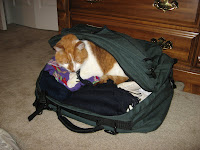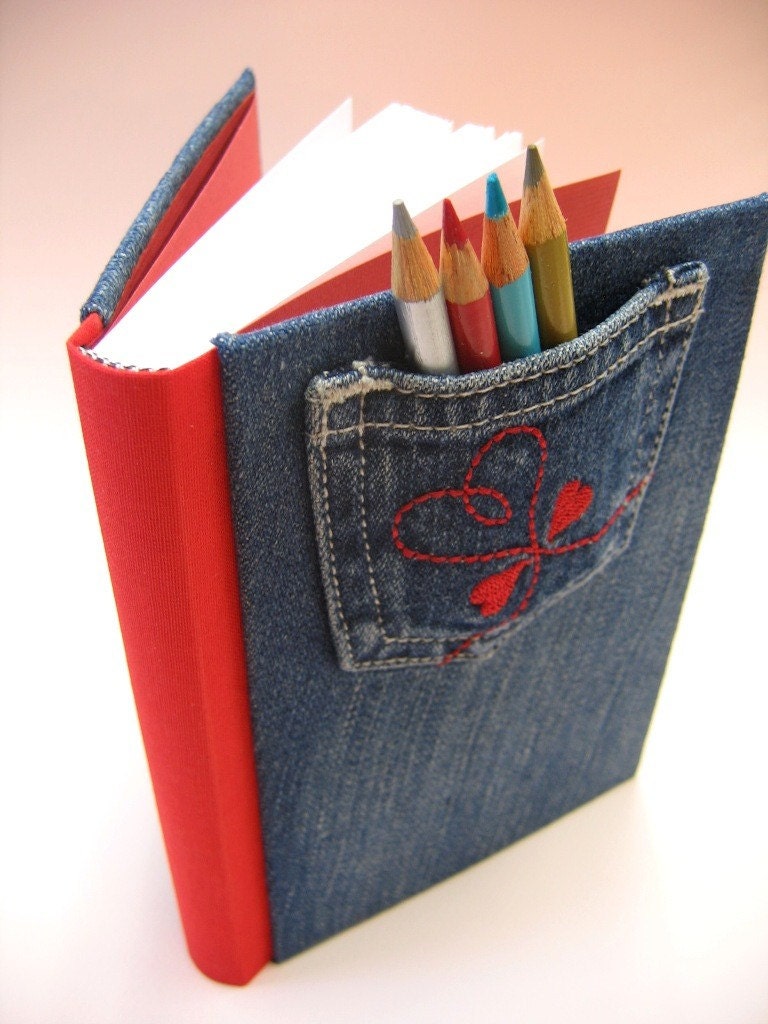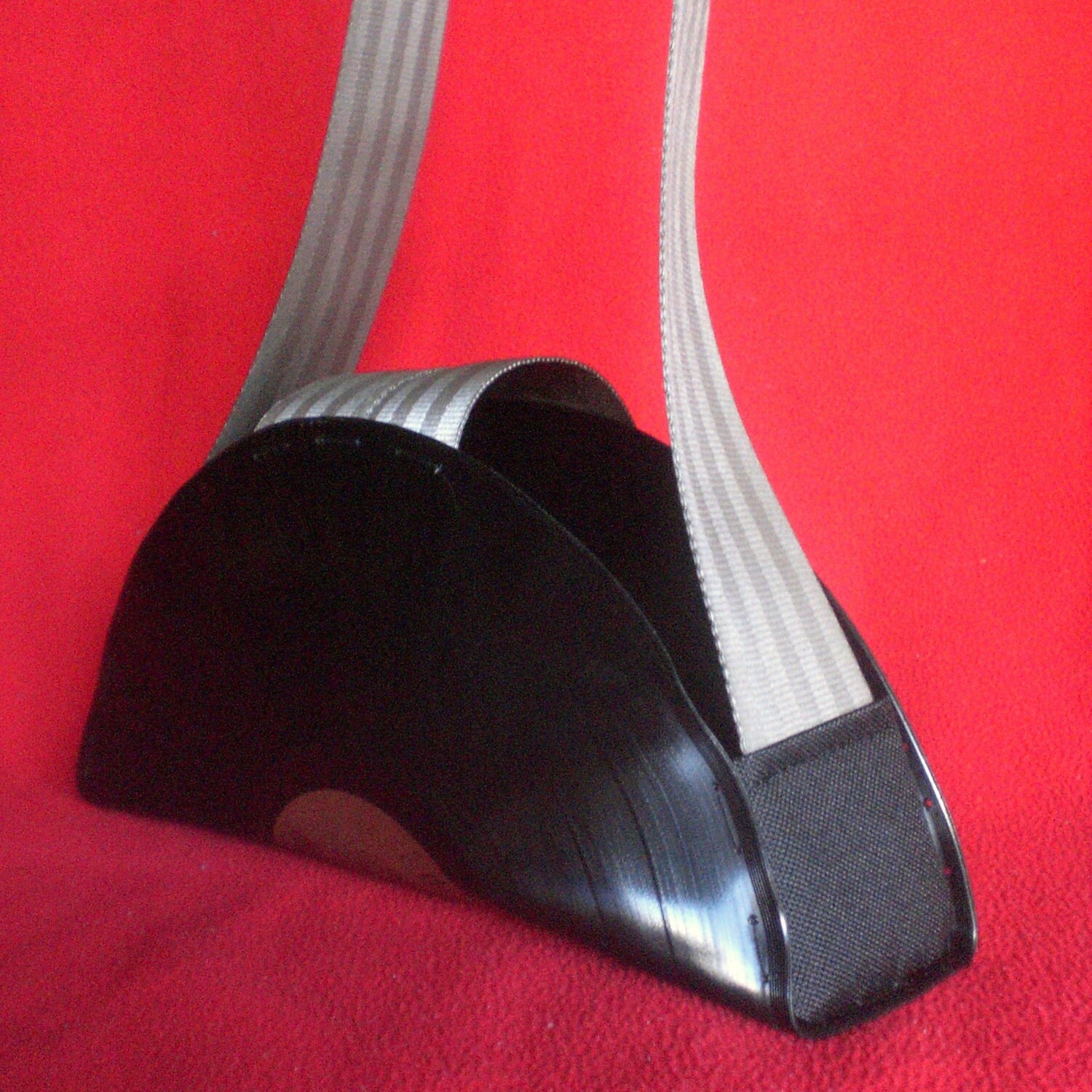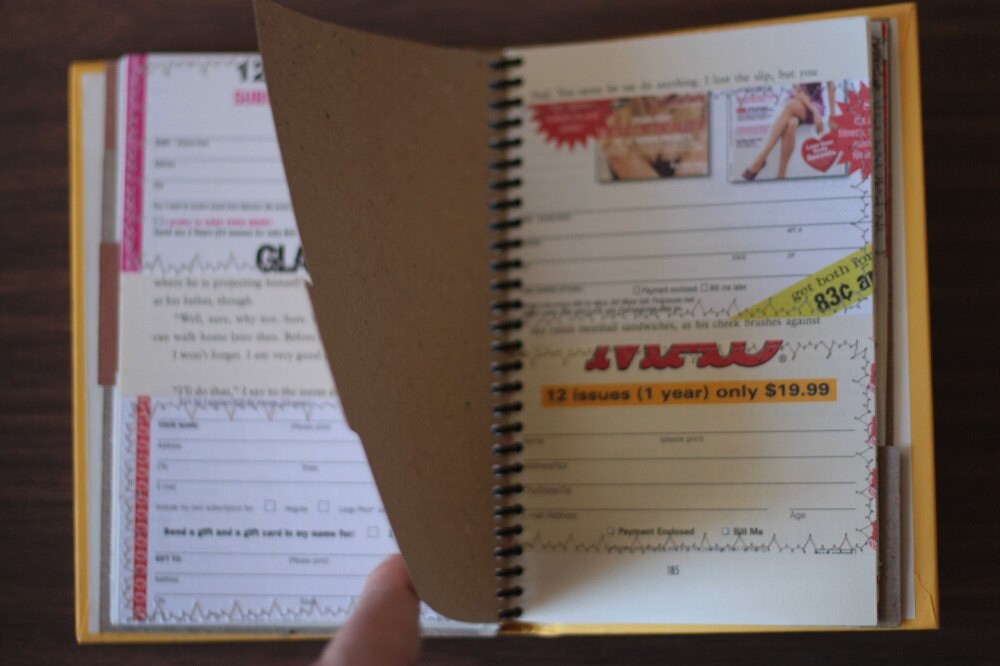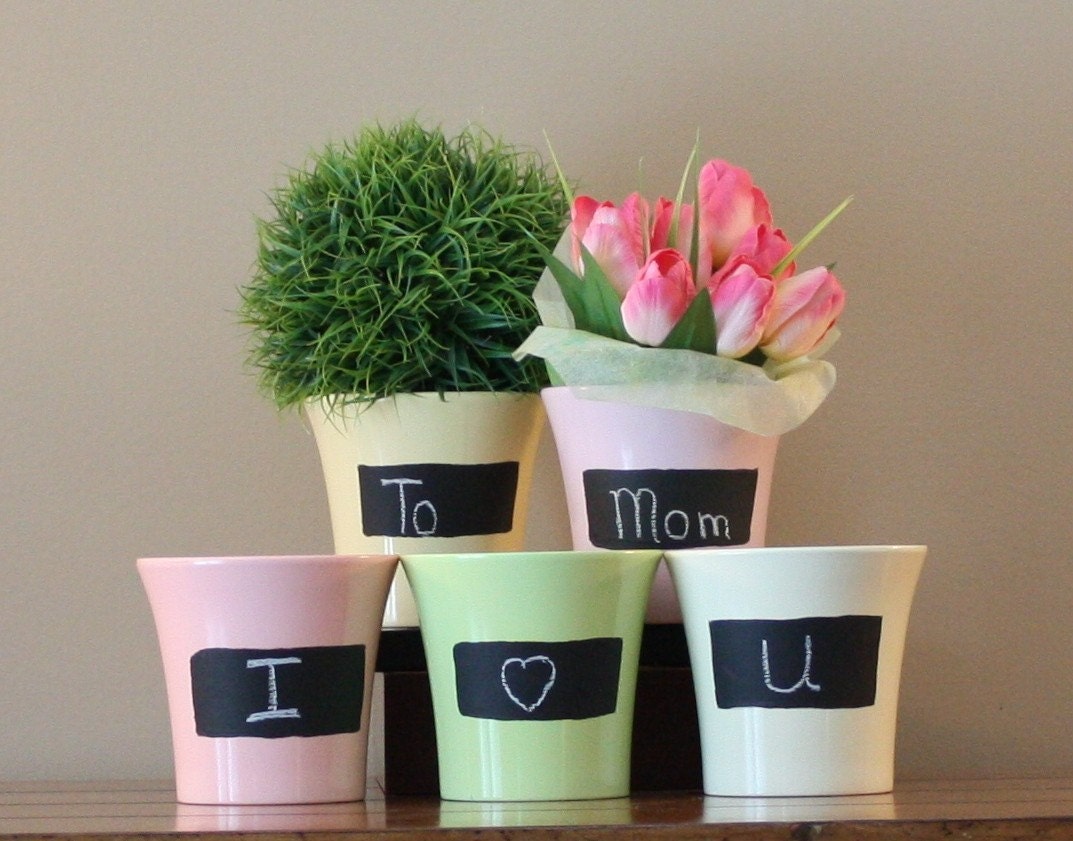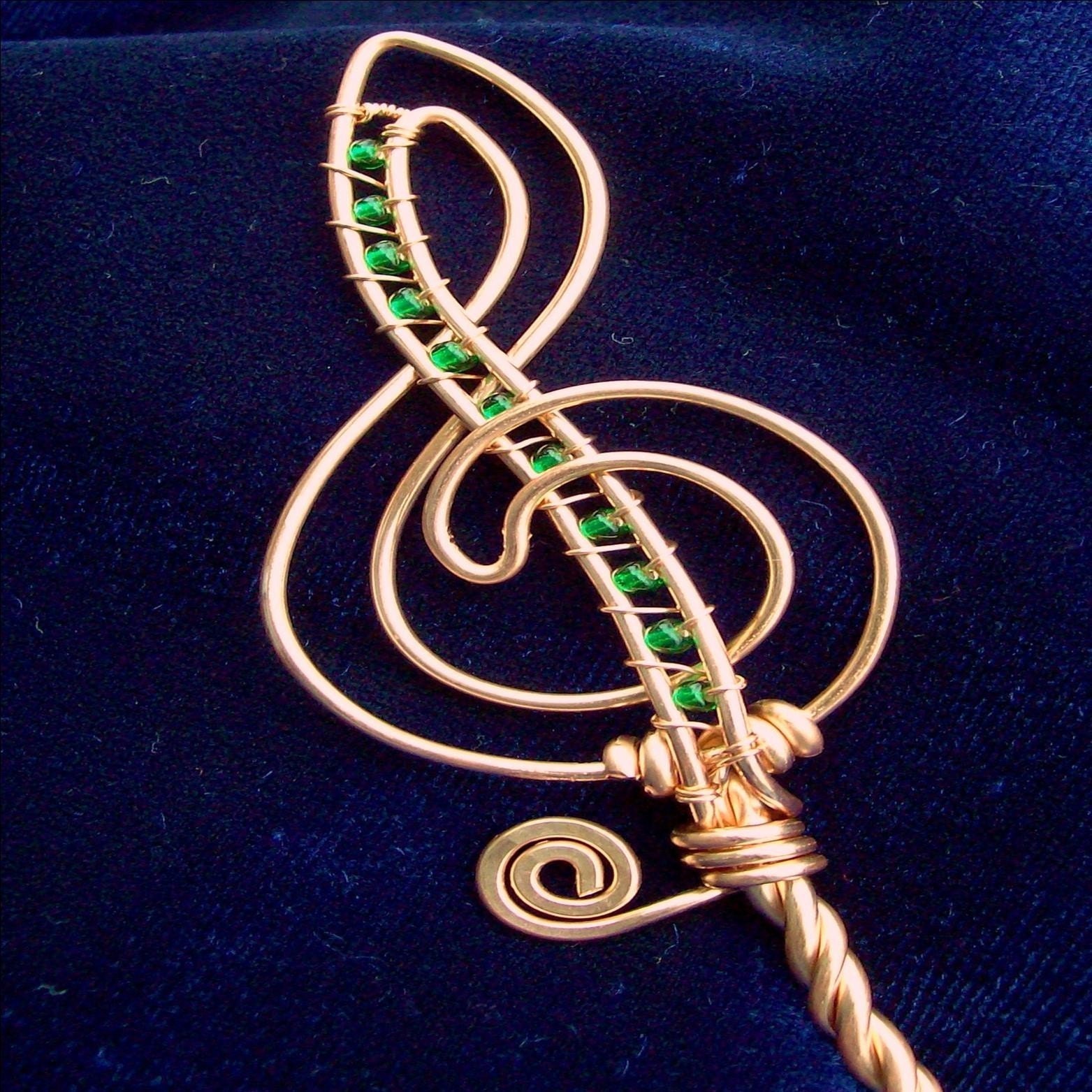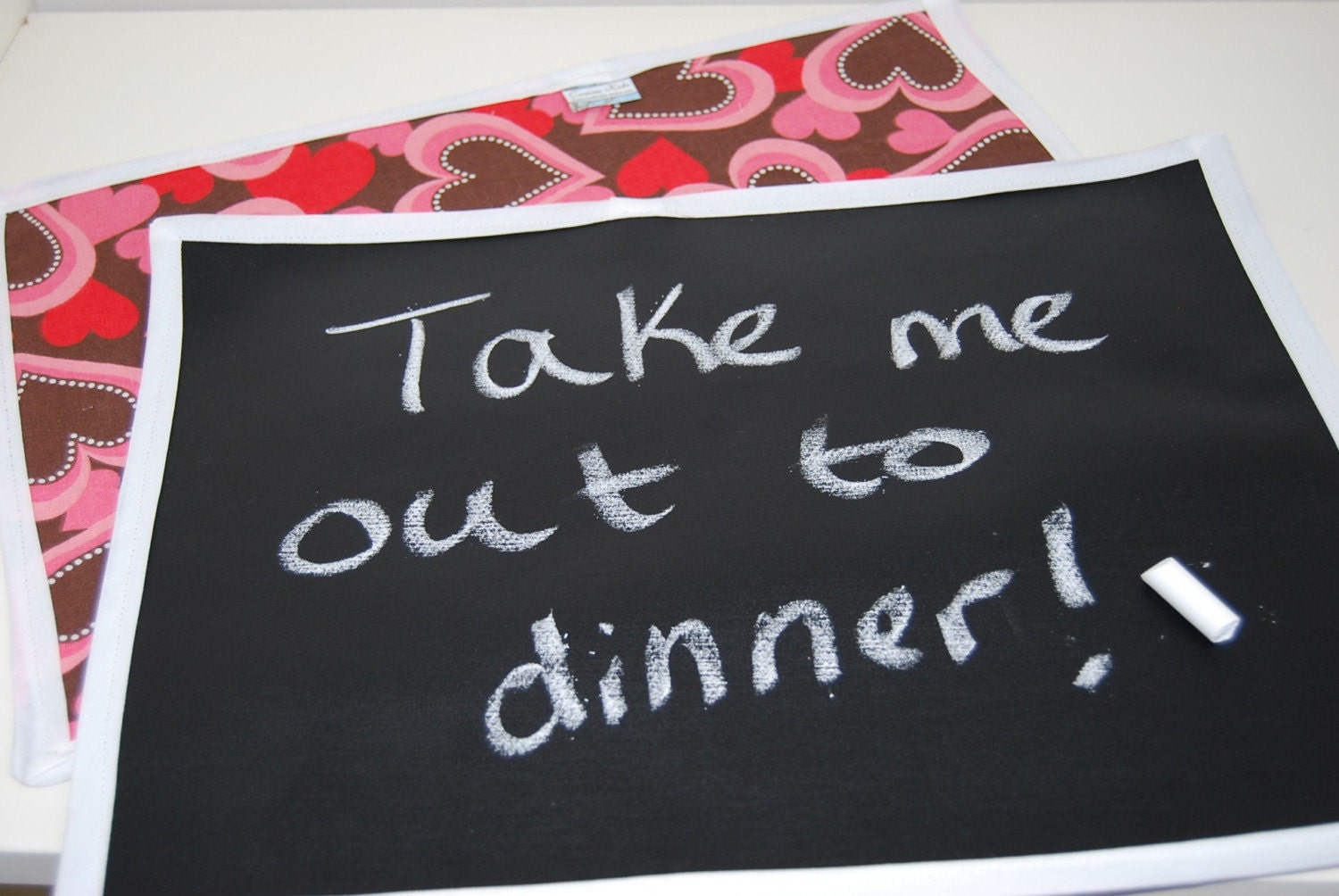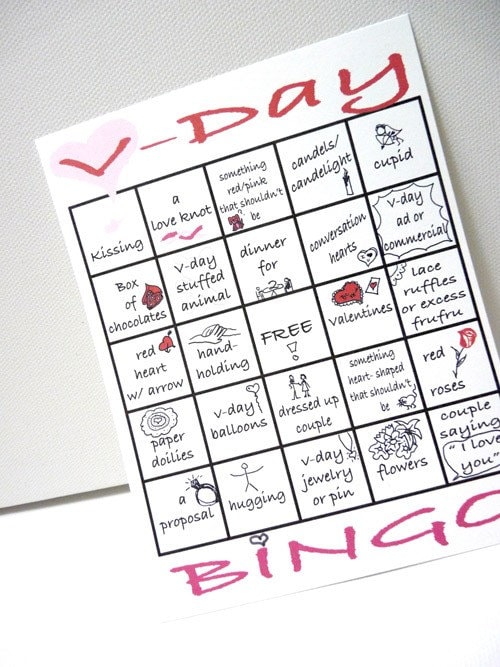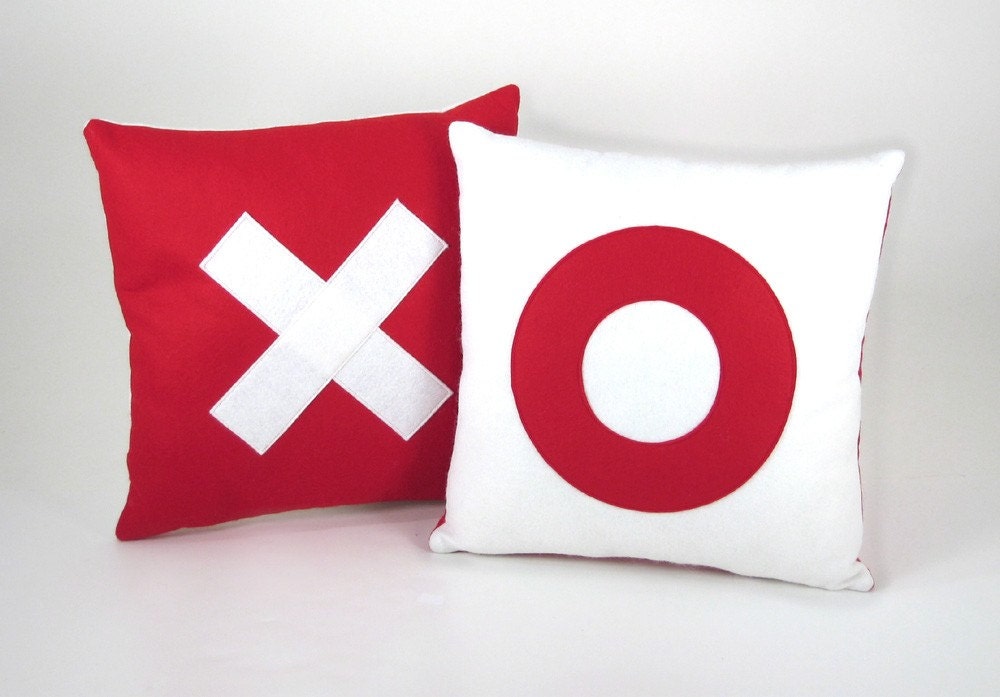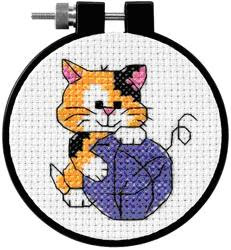My first Thursday Threads article is going to focus on the basic “tools of the trade” for cross stitch and embroidery. Future articles may go into more details, so I’ll just touch on them here. They are very similar items between the two crafts. In a nutshell, the items are: needles, thread, fabric, a hoop, and scissors.
Fabric
The most popular cross stitch fabric is called Aida. It is an even weave fabric with pre-defined squares that correspond to your pattern. It comes in many counts (squares per inch): 11, 14, 16, 18.
Another popular favorite is linen. This can come in even weave and uneven weave (or natural linen). Linen usually comes in much higher counts, making it necessary to stitch “over 2:” 25, 28, and 32 counts are popular.
One of my favorites is an even weave fabric called Jobelan. The threads are very well defined and make for a wonderfully smooth background on my larger pieces.
Most fabric comes in many colors, including hand dyed that can have a mottled color look. This adds an interesting look and texture to your pieces.
Needles
The needle used for embroidery and cross stitch is called a tapestry needle and is a little different than your typical sewing needle. For one, it is not as sharp. The tip is blunt because the sharpness is unnecessary due to the nature of the fabric used. As discussed, most cross stitch fabric already has holes in it to align your stitches so the sharp point is usually not warranted.
Also, tapestry needles can be shorter to allow you to work up to those last 2 inches of thread, causing less waste.
And finally, the eye of the needle is larger to allow for multiple strands. Most cross stitching is done with 2 or 3 strands of thread, so this larger eye makes threading the needle much easier.
Typical tapestry needle sizes are 22, 24, 26, or 28. Size 24 is most popular, while size 28 is shorter than the others. They can come in platinum and gold plated as well, for added durability and reducing the likelihood of tarnishing from use.
Thread
Embroidery thread (also called floss) comes in a skein (for knitters, this is similar to a hank) or bundle, with each thread consisting of six strands. Since most stitching is not done with all six strands, you must be able to separate the thread into the appropriate number to use.
DMC, Anchor, and J&P Coats are popular embroidery floss manufacturers.
DMC probably has the widest color selection and is found in most stores. There are also variations on thread type (silk, rayon, metallic, pearl), but the 100% cotton threads are your most popular.
My biggest tip on threads is to not mix manufacturers within a stitched piece as the texture may vary from one to another!
Hoops
In order to maintain an even texture and weave, you need to be able to keep your fabric taught. Stitching by holding the fabric in your hand will create a lumpy look because the tension between each stitch is different. Putting your fabric in an embroidery hoop creates a flat surface to work on.
Hoops also come in many sizes and styles. It is recommended to work with a hoop that fits the size of the piece you are working on. The most popular hoop is a round wooden hoop. I use this style the most. I’ve had the same hoop for so many years, it has worn to a nice smooth finish! However, extended use may cause cramping in your hands. Which brings me to another style…
… called a Q-snap. This type is made from plastic tubing and creates a square frame. It is larger than the wooden hoop, making it easier to hold especially if you have any arthritis or other muscular issues in your hands and arms. I have had an issue with this style when working on darker fabric: the white plastic may leave marks that are difficult to wash out.
For either of these hand-held hoops, you should always remove the hoop when you are not stitching to reduce hoop marks and crushing of the threads.
If you are working on a large piece, a giant hoop may not be practical. For these projects, you may want to invest in a frame, either lap size or free standing. These come with scroll bars so you can move your fabric easily without wrinkling it as you stitch from one area to another. I’ve not had much success with these myself, but I hear they are great to use on big pieces. I must not have bought a good one like this…
Scissors

It may seem obvious, but scissors are also a necessity for your stitching. But they should be small sharp scissors, not the ones out of the kitchen drawer. Most embroidery scissors are 4” or 5” long. Keeping them sharp allows more precise snipping of the thread on the back of your fabric.
A tip to keep from losing them between the seat cushions: tie a long piece of ribbon to them to hang around your neck or just have as an extension. Much easier to find!
(This is pretty fancy!)
Note: all of my suggestions are available on
ABC Stitch Therapy.









